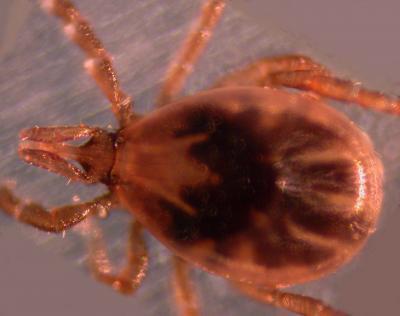Using a repository of over 29 billion private healthcare claim records - so much for being private - FAIR Health compared Lyme disease to other tick-borne diseases and found that claim lines - the term for a medical line item on a claim form - for Lyme disease accounted for 94 percent of claim lines for tick-borne diseases in 2018. The geography had also changed. In 2007, the five states with the highest number of claim lines with Lyme disease diagnoses as a percentage of all medical claim lines by state were all in the Northeast, but in 2018, one (North Carolina) was in the South. In both rural and urban areas in 2018, more claim lines with Lyme disease diagnoses were submitted for females than males.
Lyme disease is an acute bacterial infection transmitted through the bite of blacklegged ticks, so it is going to be contracted more frequently in rural areas but the new paper finds that the growth in claim lines from 2007 to 2018 was more pronounced in urban locations - 121 percent compared to 105 percent in rural areas. It is likely people got bit in a rural setting but sought care for the disease in or around their urban homes or work environments.

A blacklegged tick under a microscope. Credit: Ostfeld Lab
People with lyme disease were also more likely to have claim lines dorsopathies (disorders of the spine), soft tissue disorders, other joint disorders, disorders of the thyroid gland, anxiety and other nonpsychotic mental disorders, osteoarthritis, skin and subcutaneous tissue symptoms, dermatitis and eczema, and mood (affective) disorders.
In both rural and urban areas in 2018, individuals aged 51 to 60 held the largest share of the age distribution of claim lines with Lyme disease diagnoses. The age group 41-50 held the second largest share in both rural and urban areas.
In 2018, July was the month with the highest share of the distribution of claim lines for Lyme disease. The month with the lowest share was December. Many ticks die off in the winter months.




Comments